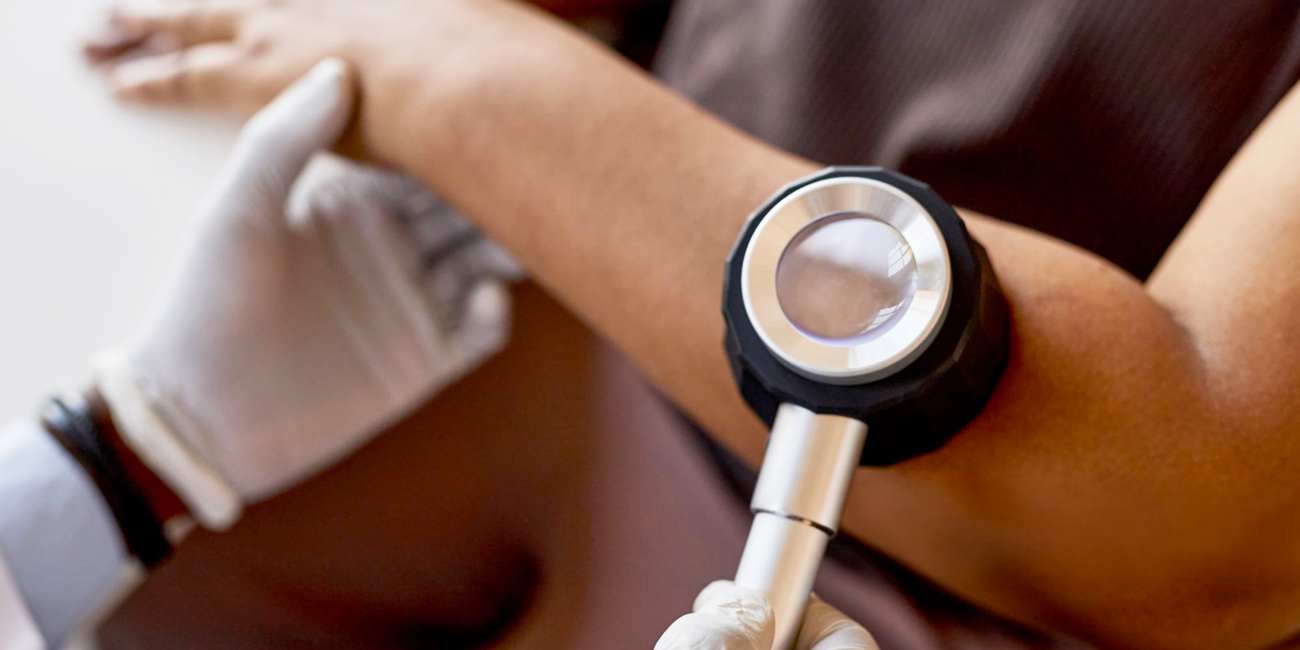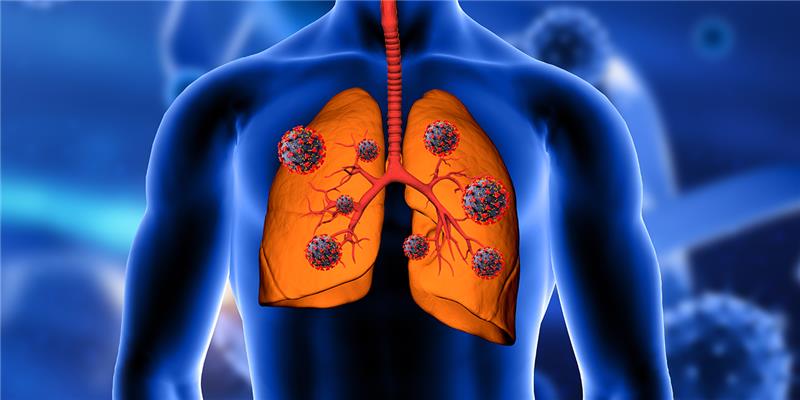
Book a Consultation
Thank you!
Your form has been sent successfully.



December 12, 2022
Vaginal cancer is a rare type of cancer that occurs in the vagina or the muscular tube that connects the uterus with the outer genitals of women. In most cases, it begins in the cells lining the vagina, and if left untreated for too long, it can affect other organs. According to the National Cancer Institute (NCI), vaginal cancer accounts for about 2 percent of female genital cancers. It is often mistaken for vulval cancer which affects the vulva or the outer part of the female genitals. However – these are two different types of cancer.
Squamous cells cancer: It starts in the vaginal lining and develops gradually. The American Cancer Society (ACS) reveals that this type accounts for approximately 9 out of 10 vaginal cancer cases.
Adenocarcinoma: It is the second most common type of vaginal cancer that starts in the vaginal glands and is commonly seen in women aged 50 and over.
Melanoma: Similar to the common skin cancer melanoma, this type of cancer starts in the cells responsible for skin color.
Sarcoma: The rarest type of vaginal cancer, sarcoma, starts in the vaginal walls.
If detected in the early stages, vaginal cancer treatment has a high survival rate. To avoid further complications, it is imperative to recognize the signs and symptoms and seek medical attention as soon as possible.
In the early stages, there are hardly any visible symptoms of vaginal cancer. Around 20% of women who get diagnosed have no symptoms at all. But some signs can indicate the possibility of vaginal cancer. Consult a doctor if you notice any of the following vaginal cancer symptoms:
Vaginal bleeding between periods or after menopause
A new lump or growth in the area
Ulcers and any major skin changes in or around the vagina
Passing blood with stool or urine
Abnormal vaginal discharge and odor
Pelvic pain during urination or sex
Vaginal itching

Although the exact causes of vaginal cancer are unknown in most cases, it has been linked to the following:
Even though vaginal cancer can happen at any age, a few cases are found in women younger than 40. Almost half of the vaginal cancer cases occur in women above 70. Squamous cell cancer is rare in younger women and more prevalent in older women.
HPV refers to a group of viruses usually spread through sexual activity. In most cases, the virus goes away on its own and doesn’t interfere with health. But if it persists for a long time, it can lead to cancer. About 10% of women with HPV infections develop long-lasting HPV infection that puts them at risk for cervical cancer as well as vaginal cancer.
HPV infection can cause cell changes called precancers which can eventually lead to this disease. If left untreated for long, these cells can be a threat. That is why it is crucial to stay up to date with pap smears.
If a woman has any condition that weakens the immune system like HIV, AIDS, or Lupus, she is at an increased risk of getting vaginal cancer.
It is a hormone that was prescribed for pregnant women between 1940 and 1971 to prevent miscarriage or premature labor. If the mother took it during her pregnancy, the daughter has an increased risk of vaginal cancer.
The presence of these cells, also known as vaginal intraepithelial neoplasia can increase the risk of this disease. VAIN causes cells in the vaginal area to appear different from normal cells, but not different enough to be deemed cancerous. These VAIN cells eventually develop vaginal cancer.

There are a few preventative measures women can take to reduce the risk of this cancer. These 3 steps are as follows:
Although there is currently no screening program for vaginal cancer because it is rare, a pap smear can detect it. HPV and abnormal cervical or vaginal cells are directly related to this disease. Staying up to date with cervical screenings is the key to preventing this disease as it detects any abnormal growth in the vaginal areas or even HPV infection.
Besides, most squamous cell cancers start out as pre-cancerous changes, also known as vaginal intraepithelial neoplasia or VAIN. With a routine pap smear, changes such as thickening, ulcers, or pre-cancerous cells that can later evolve into vaginal cancer are detected.
HPV increases the risk of getting this disease is more in younger women. Using condoms can significantly lower the chances of contracting HPV. However, condoms cannot provide complete protection against HPV. Therefore, the most effective measure is to take the HPV vaccine which must be given to young girls before they become sexually active.
Those who smoke excessively have a weakened immune system. Therefore, it becomes difficult to fight HPV which can put them at risk of vaginal cancer.
Although it is not common, vaginal cancer can be life-threatening if it is not detected at an early stage. The disease can eventually spread to other parts of the body and has a serious impact on health. Hence, take precautions and do not miss regular screenings and check-ups. To receive any assistance related to this disease, contact Advanced Cancer Treatment Centers.



December 16, 2025
Hearing a HER2 gene mutation on a report can feel scary, but it also p...
KNOW MORE

December 16, 2025
Seeing a dark streak under your nail that doesn't fade or grow out can...
KNOW MORE

December 16, 2025
If you're worried that an itchy or stubborn rash could be cancer, you'...
KNOW MORE

December 16, 2025
Hearing that your CT scan shows a spot on your lung can be unsettling....
KNOW MORE

November 13, 2025
Food choices feel high-stakes during cancer care, and because of that,...
KNOW MORE

November 13, 2025
Ablation treats prostate cancer using energy such as heat, cold, elect...
KNOW MORE
